Posted January 10, 2025 by Tiffany Lee
In case you missed these stories highlighting research and creative activity at the University of Nebraska-Lincoln, the Office of Research and Innovation’s communications team has compiled a roundup of some top research stories from research.unl.edu and other sources.

Photo by Jordan Opp / University Communication and Marketing
Cahoon named fellow of National Academy of Inventors
Who: Edgar Cahoon, George Holmes Professor of biochemistry and director of the Center for Plant Science Innovation
What: Cahoon was named a fellow of the National Academy of Inventors, the highest professional distinction accorded solely to academic inventors. Cahoon, an internationally recognized expert in plant lipid biotechnology, focuses his work on developing new types of oils that have improved functionalities for food, feed and industrial uses. His research to identify new genes, fatty acid structures and biochemical pathways in plants has generated 36 U.S. patents and improved crops’ nutritional and industrial value and agronomic performance.
“Our Center for Plant Science Innovation and our university has this philosophy of doing great science to make new discoveries and thinking about how we can apply those discoveries to benefit agriculture and society. That’s our strong point,” he said. “I’ve been very fortunate to be able to spend part of my career here at UNL, which has this spirit of innovation and the resources to do great science and make discoveries.”
Writer: Tiffany Lee, Office of Research and Innovation
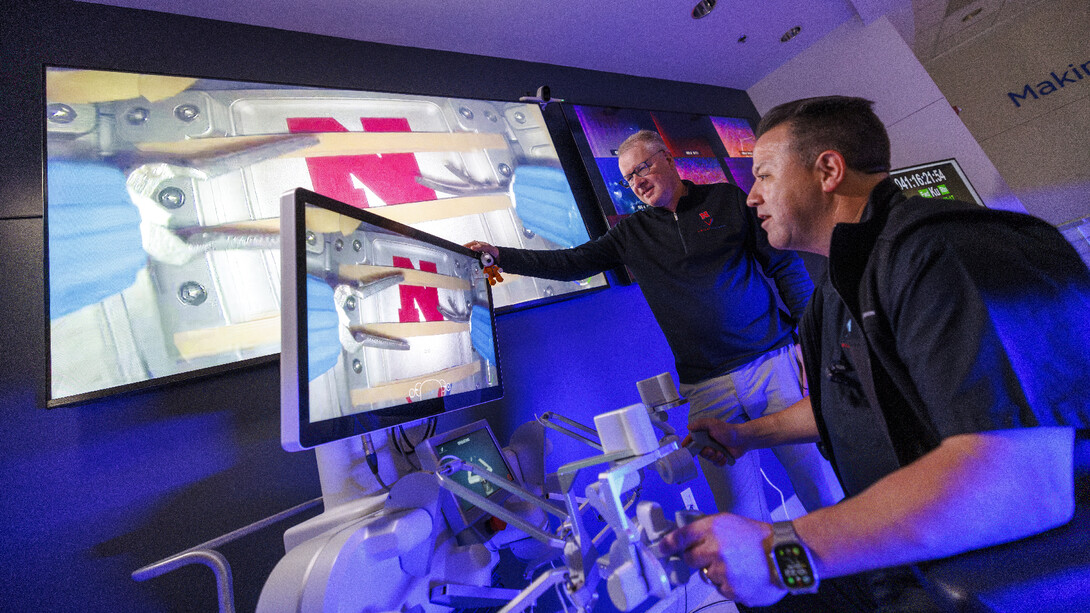
Husker inventions, research, expertise made headlines in 2024
Who: Nebraska faculty, staff, students, centers and programs
What: During 2024, more than 500 positive stories featuring UNL appeared in national media outlets. These included highlights from Nebraska research, including the successful simulated procedure performed by the spaceMIRA surgical robot, invented and further developed by Husker engineer Shane Farritor and the startup he cofounded, Virtual Incision; computer science major Luke Farritor’s receipt of the $700,000 Grand Prize in the Vesuvius Challenge for his team’s deciphering of text from digital scans of a seared scroll; and atmospheric scientist Adam Houston’s contributions to the summer blockbuster “Twisters.” Husker researchers also conducted first-of-their kind projects across many disciplines and lent expertise to news outlets across the country, including The New York Times, USA Today, CNN, National Geographic and many more.
Writer: Sean Hagewood, University Communication and Marketing
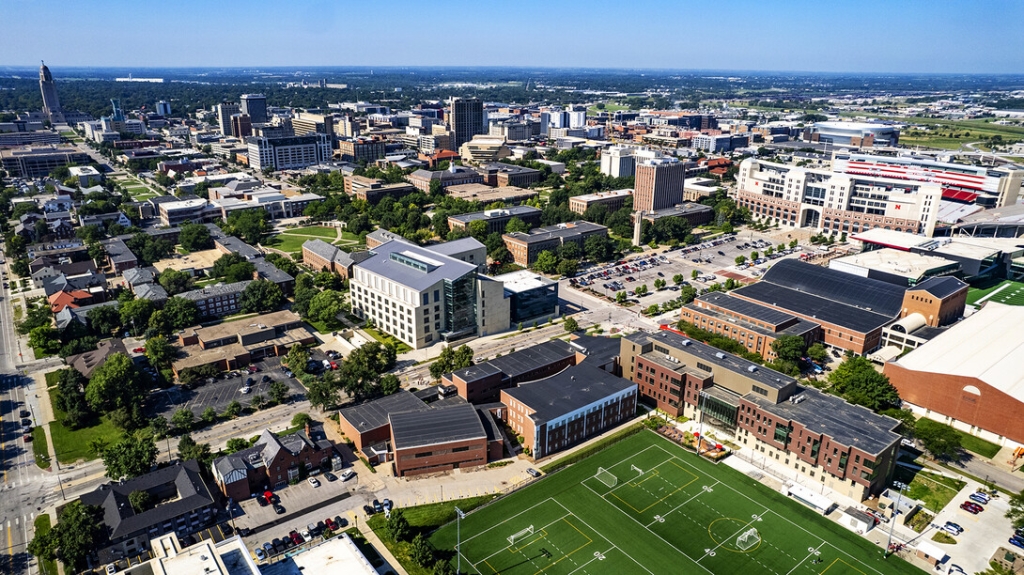
Study finds UNL contributes $3.06B to state economy
Who: University of Nebraska
What: Preliminary findings from an economic development report demonstrate that the University of Nebraska-Lincoln, the state’s flagship university, continues to drive economic success in Nebraska. The report, produced by the firm Tripp Umbach and discussed at a Dec. 6, 2024, University of Nebraska Board of Regents meeting, indicates that UNL has an annual economic impact of $3.06 billion on Nebraska, which is a $200 million increase since 2021. The university also supports 25,121 jobs statewide and contributes $84 million in state taxes. Overall, the University of Nebraska system provides an annual economic impact of $6.4 billion.
“The University of Nebraska-Lincoln continues to play a central role in shaping the economic landscape of our state,” said Chancellor Rodney D. Bennett. “We are not only advancing education and research, but also driving growth, job creation and economic stability for all Nebraskans.”
Writer: Troy Fedderson, University Communication and Marketing
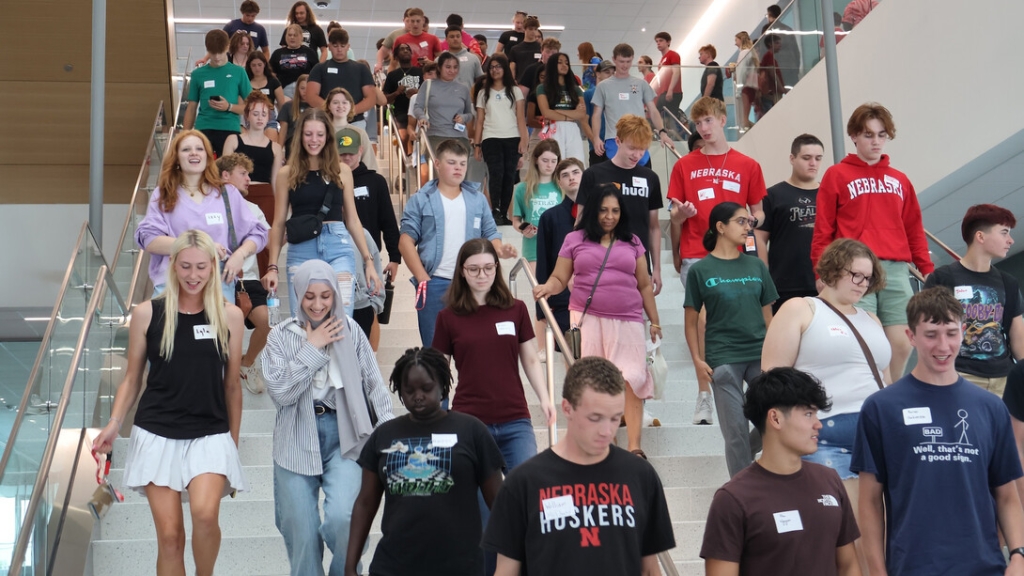
New engineering center to enhance education, resources for Nebraska’s students
Who: Lance C. Pérez, Yusong Li, Tareq Daher and Jessica Deters, College of Engineering; Trish Wonch Hill and Ursula Nguyen, Center for Science, Mathematics and Computer Education
What: The College of Engineering is using a two-year, $1.2 million grant from the National Science Foundation to establish the Nebraska Engineering Inclusive Excellence Center, which will focus on the recruitment, education and retention of students from a wide variety of backgrounds, particularly residents of rural areas. The center is aimed at helping the college meet the workforce demands for engineers in Nebraska, which will require innovative strategies that consider the changing demographics of Nebraska high school graduates. The center will focus on strengthening community ties and collaborating with high school educators; developing peer mentoring programs for pre-college and current engineering students; and fostering faculty initiatives.
“As the only engineering college in Nebraska, we must represent and serve the state as its needs grow and change,” Li said. “We have to find ways to increase pathways for students to become engineers. Doing that requires a strong foundation.”
Writer: College of Engineering
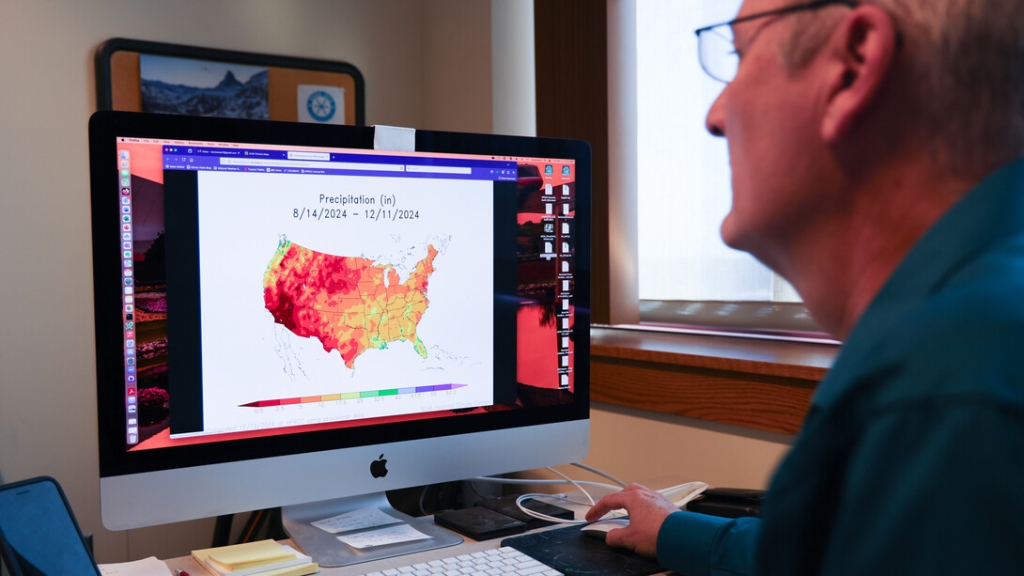
High Plains center helps maintain climate information flow after hurricane
Who: High Plains Regional Climate Center
What: In September 2024, Hurricane Helene shut down the National Centers for Environmental Information in Asheville, North Carolina, which is the country’s largest repository of weather and climate information. Nebraska’s High Plains Regional Climate Center stepped up to fill that gap, coordinating with partners, including five other regional climate centers across the country, to provide critical climate information to clients across the country. The center, which has been housed in the School of Natural Resources since 1987, receives a constant stream of weather and climate information from multiple sources, which equipped it to meet the specific needs of a wide range of users.
“It’s important to be able to adapt and make sure that this critical climate information is available for clients throughout the country,” said William Sorensen, senior applications/systems programmer for the High Plains center. “So many people rely on getting the data to make good decisions, to make money, to grow a crop, or whatever their need.”
Writer: Geitner Simmons, Institute of Agriculture and Natural Resources
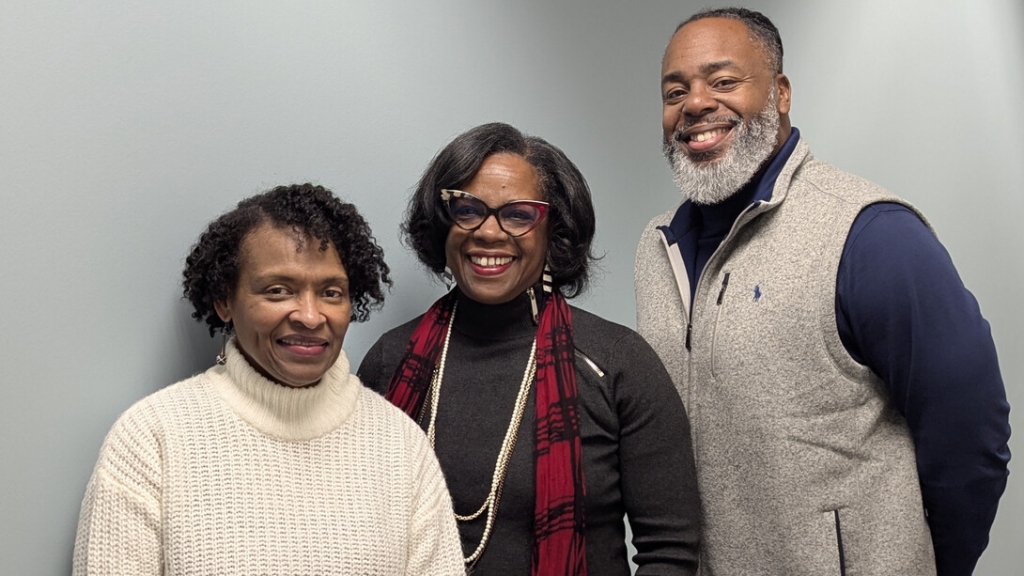
Collaborative project aims to digitize Malone Center archives
Who: Charlene Maxey-Harris, Lorna Dawes, Melanie Griffin, Sarah Glover and John Wiese, University Libraries; John Goodwin and Tyrina Webster, Malone Center; Ed Zimmer, local historian
What: A $235,196 grant from the Council of Library and Information Resources and the Andrew W. Mellon Foundation supports a collaborative project aimed at recovering and sharing the lost stories of Lincoln’s Clyde Malone Community Center and the neighborhood it has supported since 1932. The project team, which includes members from University Libraries and the Malone Center, will prepare, digitize and provide worldwide access to more than 6,000 unique, historically significant documents from the center. University Libraries will help the Malone Center manage its archives, but the center will retain ownership and management of the materials. The project reflects the evolving role of research libraries.
“For a long time, a research library was judged primarily based on the size of its collections – how many items it owned,” said Liz Lorang, dean of libraries. “As this new project demonstrates, stewarding information so that generations of people may encounter histories and imagine futures does not require ownership. Instead, our work is that of relationships and mutual knowledge sharing.”
Writer: Joanie Barnes, University Libraries
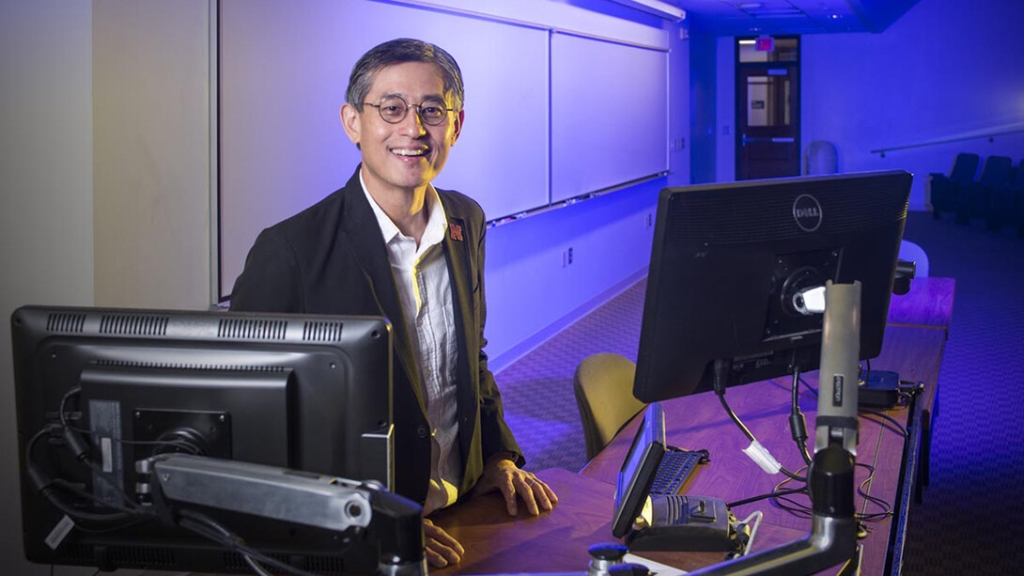
Soh, Husker faculty training next generation of computer science teachers
Who: Leen-Kiat Soh, Charles Bessey Professor of computing; Guy Trainin, professor of teaching, learning and teacher education; Gwen Nugent, professor emerita in the Nebraska Center for Children, Youth, Families and Schools; Wendy Smith, research professor of mathematics and director of the Center for Science, Mathematics and Computer Education; Brian Dorn, associate professor of computer science, University of Nebraska at Omaha
What: With a $1,999,675 National Science Foundation grant, Soh is leading a Husker team focused on training pre-service teachers – undergraduate students studying to become teachers – to teach computer science as part of their initial teaching assignment. Soh’s team will develop teaching endorsements in computer science and design curriculum for undergraduate and K-12 students. The team will also foster an ecosystem of educational support for teachers, including sustainable infrastructures and instructional materials. A major goal is to increase the number of teachers equipped to teach computer science, which will open doors for Nebraska students, especially in rural areas.
“I’m looking forward to making a long-lasting impact on computer science education,” Soh said. “And not just getting more teachers to teach computer science, but also the research behind it. The research side will allow more people to continue to not only improve how we teach computer science, but also how we teach teachers to teach computer science.”
Writer: Victoria Grdina, School of Computing
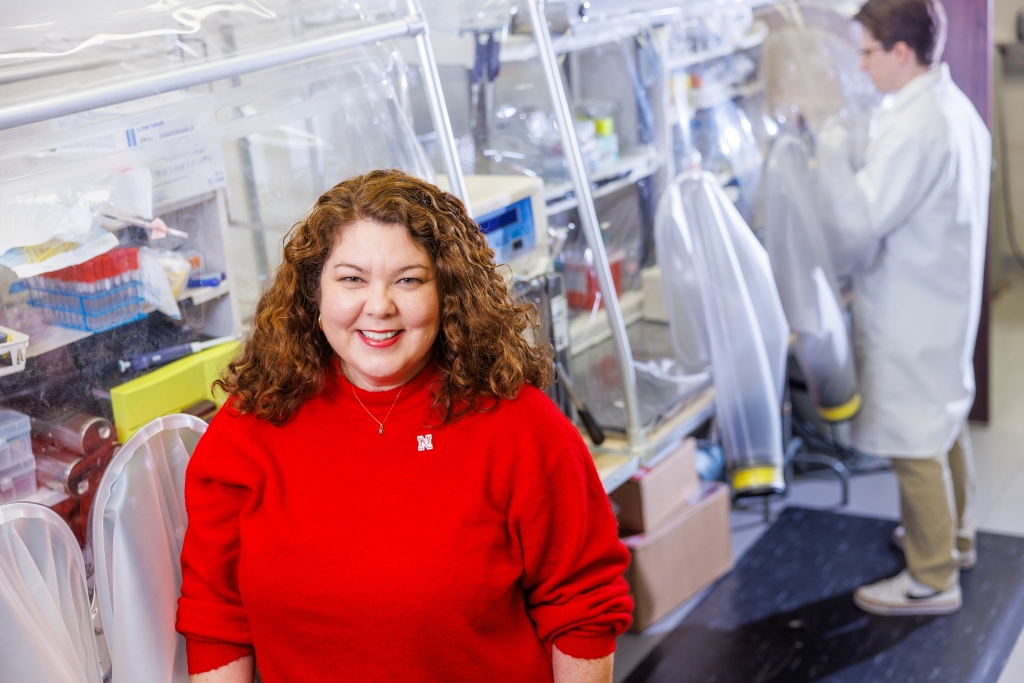
Microbiologist Buan pursues future fuel sources
Who: Nicole Buan, professor of biochemistry
What: Buan is a fellow of the National Strategic Research Institute at the University of Nebraska, which bridges the gap between national security threats and the academic researchers who can help solve them. Her research focuses on methanoarchaea, which are microorganisms that are the only known organisms to create methane – natural gas – as a byproduct of their metabolism. Buan’s interest in biological methane production is its potential application to development of bioproducts and renewable energy sources. As an NSRI fellow, Buan is using her expertise to meet needs across the institute’s research portfolio, particularly chemical and biological threat detection and countermeasure development and food, agriculture and environment security.
“It’s been an honor to be able to work with colleagues through NSRI who also care about environmental sustainability and food and ag security and think about how we could use our expertise to strengthen the energy, food and agriculture sectors,” Buan said.
Writer: Katelyn Ideus, National Strategic Research Institute





